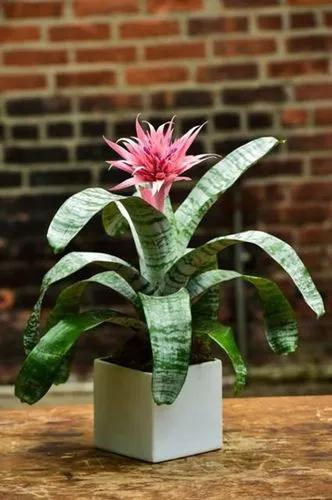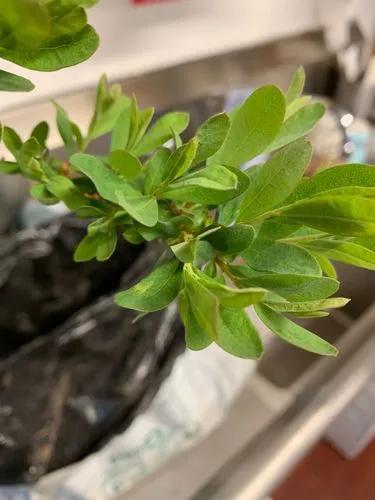A root parasite mainly of Galium mollugo and G. verum, probably perennial and sometimes long-lived. It occurs in stabilised dune grassland, and in scrub and hedge banks on chalk downs and undercliffs. Most populations are small, but some of those on dunes are of a considerable size.
Bedstraw Broomrape Care
Orobanche caryophyllacea



This species mainly parasitises Galium mollugo and G. verum. It is perennial, and once established, may be long-lived. It flowers in June and July, with flowers at the start of anthesis being noticeably clove-scented. Most flowers produce seed, indicating good pollination. It appears to be an outbreeding species, as isolated single inflorescences or multiple inflorescences from the same clone do not set seed, suggesting a high degree of self-incompatibility. A range of insects including bumble-bees, wasps and stiletto flies have been recorded visiting the flowers and all are likely pollinators. The plant is also able to reproduce vegetatively.
O. caryophyllacea has a widespread distribution in central Europe, extending eastwards to Poland, Latvia, the Caucasus and Iran, southwards to North Africa and northwards to Sweden and perhaps Norway. It is difficult to explain its limited British distribution, since its occurrence in the northern Alps and Scandinavia suggests that its range is not limited by a cooler climate. It can be invasive in the United States.
This plant might be poisonous
How to get rid of:
If your weeds regrow, then you have a persistent root that you need to dig out. Use a spade or digging fork to dig up persistent weeds by the roots. Remove as many root pieces as you can.
While weeding, hold the trowel vertically (like a child holding a crayon) to eliminate strain on your wrist.
How to Care for the Plant

Popularity

26 people already have this plant 7 people have added this plant to their wishlists
Discover more plants with the list below
Popular articles






